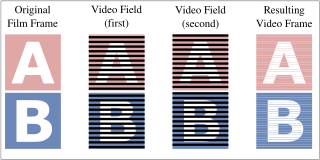Advertisement
If you have a new account but are having problems posting or verifying your account, please email us on hello@boards.ie for help. Thanks :)
Hello all! Please ensure that you are posting a new thread or question in the appropriate forum. The Feedback forum is overwhelmed with questions that are having to be moved elsewhere. If you need help to verify your account contact hello@boards.ie
Help Keep Boards Alive. Support us by going ad free today. See here: https://subscriptions.boards.ie/.
If we do not hit our goal we will be forced to close the site.
Current status: https://keepboardsalive.com/
Annual subs are best for most impact. If you are still undecided on going Ad Free - you can also donate using the Paypal Donate option. All contribution helps. Thank you.
If we do not hit our goal we will be forced to close the site.
Current status: https://keepboardsalive.com/
Annual subs are best for most impact. If you are still undecided on going Ad Free - you can also donate using the Paypal Donate option. All contribution helps. Thank you.
https://www.boards.ie/group/1878-subscribers-forum
Private Group for paid up members of Boards.ie. Join the club.
Private Group for paid up members of Boards.ie. Join the club.
Noob question: Upscaling -whats the big deal ?
-
19-11-2010 07:06PM#1
Comments
-
-
-
-
-
-
Advertisement
-
-
-
-
-
-
Advertisement
-
-
This discussion has been closed.
Advertisement

 HD Image
HD Image Simple upscale from SD (Cheap HDTV)
Simple upscale from SD (Cheap HDTV) Simple upscale from Advanced Down conversion to SD (i.e. DVD or video antialiased from Film) (Cheap HDTV)
Simple upscale from Advanced Down conversion to SD (i.e. DVD or video antialiased from Film) (Cheap HDTV) Advanced upscale from SD, i.e. RTE end upscale, or high quality HDTV
Advanced upscale from SD, i.e. RTE end upscale, or high quality HDTV Advanced upscale from Advanced Down conversion to SD i.e. RTE end upscale or Quality HDTV from 720 source that was antialised from HD (or Film) originally.
Advanced upscale from Advanced Down conversion to SD i.e. RTE end upscale or Quality HDTV from 720 source that was antialised from HD (or Film) originally. 

